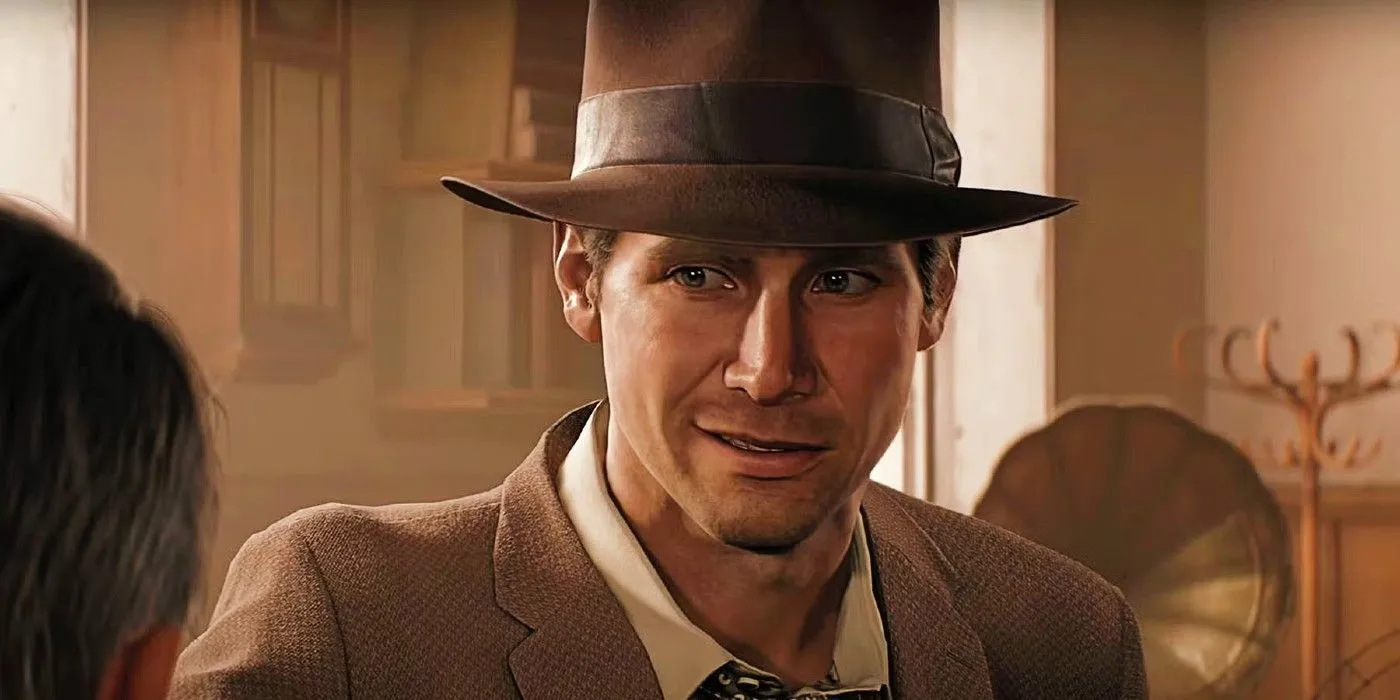
In Indiana Jones and the Great Circle, side quests dubbed “Fieldwork”offer an engaging glimpse into the game’s archaeological themes. While the main storyline is undeniably exciting, many players find these side quests to be the most enjoyable aspect of the game. Through Fieldwork, participants embark on adventures across exotic locations, uncovering snippets of real-world history while collecting ancient relics and exploring lost civilizations. Furthermore, completing these optional quests not only adds to the immersion but also rewards players with Adventure Points and rare skill books.
However, there is a unique challenge associated with these quests: each Fieldwork mission is confined to its specific location. Players cannot uncover the mysteries of Gizeh while simultaneously delving into the delights of Sukhothai. Similar to the epic journeys seen in Indiana Jones films, The Great Circle offers a globetrotting adventure. As players progress, the eagerness to explore new territories after completing the main quest in one location is palpable. A critical question arises: Is it safe to leave any unfinished Fieldwork behind, or will access to it be permanently lost?
No Locking of Past Content in Indiana Jones & The Great Circle
Understanding the Absence of a Point of No Return





The reassuring news for players is that Indiana Jones and the Great Circle does not present a point of no return. Thanks to the efficient fast travel mechanics accessible via Indy’s journal, players can revisit earlier locations and complete any unfinished Fieldwork at their convenience. Quests are never timed or subject to automatic failure, giving players the flexibility to prioritize their adventures.
Nevertheless, there are moments in the game when fast travel is temporarily unavailable. During certain segments, the narrative shifts from open exploration to a more linear structure, momentarily locking players in place until they conclude the current mission. However, prior to entering these sections, players receive a warning through voice prompts, indicating that the story is moving forward—yet, they can still return to previous areas later without issue.
The Value of Completing Fieldwork Before Main Story Quests
Weighing the Pros and Cons of Prioritizing Fieldwork

One significant advantage of tackling Fieldwork before progressing in the main storyline is clarity. The narrative flows more cohesively when players engage in side quests concurrently with the core quest. Players essentially narrate a long Indiana Jones adventure, experiencing various location-based arcs alongside the overarching plot. Without this pacing, it might feel inconsistent for Indy to dart between vastly different settings without a believable explanation.
Importantly, players can continue exploring Indiana Jones and the Great Circle even after completing the main story, eliminating any pressure of a final decision regarding Fieldwork.
Moreover, there’s a certain charm in indulging in “filler episodes” —especially in a game like The Great Circle, where Fieldwork missions are not just repetitive tasks. Each quest stands out with its unique challenges, engaging narratives, and captivating cutscenes, ensuring that players feel rewarded regardless of the order they choose to complete the missions. Players also gain invaluable resources like funds and skill enhancements that can facilitate their journey in the main quest.
The Benefits of Deferring Fieldwork Until After the Adventure
Pros and Cons of Delaying Fieldwork

Conversely, there are valid reasons to prioritize completing the main storyline first and leaving Fieldwork for later engagement. While The Great Circle offers a manageable amount of Fieldwork, focusing on these quests can disrupt the pacing of the main narrative. For players who crave a more linear adventure akin to cinematic narratives, postponing Fieldwork might be preferable until they reach the game’s conclusion.
Additionally, savoring the Fieldwork after finishing the storyline can enhance the overall gameplay experience, making The Great Circle feel longer and giving players a sense of exploration post-credits. It is essential to remember, however, that the content remains the same regardless of how players choose to pace themselves; they’re merely altering the order of engagement.
The Case for Completing Fieldwork as You Progress
Establish a Sustainable Pace

Ultimately, the most effective strategy is to engage in Fieldwork at regular intervals between main missions. This balanced approach enhances the storytelling experience, allowing players to delve deeply into each location before moving on to the next challenge. This method promotes a more enriching and immersive experience, rendering Indy’s adventures coherent and interconnected.
Furthermore, completing Fieldwork gradually has practical advantages. The rewards acquired from these quests are particularly beneficial during the main missions, making their timely completion essential. Grabbing these rewards late in the game diminishes their value compared to what players might gain throughout their journey.
Nonetheless, with the absence of a definitive closing point for Fieldwork, players are free to leave some adventures for later as desired. If a particular quest doesn’t appeal, or if players seek to progress further, it’s entirely acceptable to defer it.
At the very least, players should embrace Fieldwork as it becomes available, as these quests are not only essential to gameplay but also genuinely enjoyable. Each quest is crafted with care, ensuring a unique and fulfilling experience. Engaging with these side quests as they emerge is one of the most delightful aspects of Indiana Jones and the Great Circle.




Leave a Reply